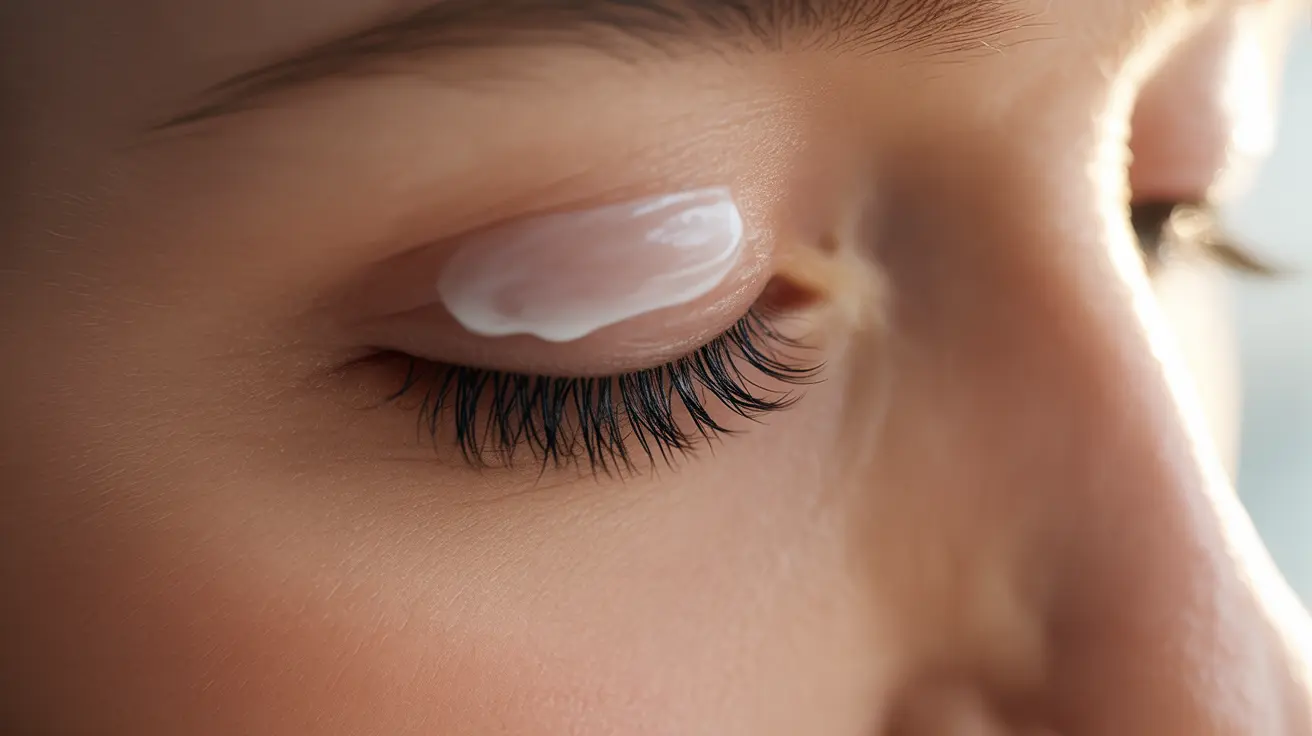Ophthalmoplegic migraine, now officially known as recurrent painful ophthalmoplegic neuropathy (RPON), is a rare neurological condition that combines severe headache symptoms with temporary paralysis of the eye muscles. This unique condition affects both children and adults, though it most commonly begins in childhood. Understanding its distinct characteristics and available treatments is crucial for proper management.
While relatively uncommon, this condition can significantly impact quality of life and requires careful medical attention. Let's explore the key aspects of ophthalmoplegic migraine, from its characteristic symptoms to the latest treatment approaches.
Key Symptoms and Characteristics
The hallmark signs of ophthalmoplegic migraine set it apart from typical migraines. The condition typically begins with intense headache pain, often focused around one eye, followed by specific eye-related symptoms:
- Double vision (diplopia)
- Drooping eyelid (ptosis)
- Eye muscle weakness or paralysis
- Difficulty moving the affected eye
- Pain around or behind the eye
These symptoms usually affect only one side of the face and may persist for days or even weeks after the headache subsides. This prolonged duration distinguishes it from classic migraines, where symptoms typically resolve more quickly.
Understanding the Causes
The exact cause of ophthalmoplegic migraine remains somewhat mysterious, but researchers have identified several key factors:
- Inflammation of cranial nerves (particularly the third cranial nerve)
- Possible genetic components
- Structural changes in the brain or blood vessels
- Immune system responses
Unlike traditional migraines, ophthalmoplegic migraine is now considered more of a nerve condition than a headache disorder, which explains its reclassification as RPON.
Diagnosis Process
Diagnosing ophthalmoplegic migraine requires a comprehensive medical evaluation. Doctors typically follow these steps:
- Detailed medical history review
- Physical and neurological examination
- MRI imaging with contrast
- Blood tests to rule out other conditions
- Documentation of recurring episodes
The diagnostic process aims to differentiate RPON from other conditions that may cause similar symptoms, ensuring appropriate treatment selection.
Treatment Approaches
Managing ophthalmoplegic migraine requires a multi-faceted approach tailored to each patient's specific symptoms and needs:
Acute Treatment
- Corticosteroids to reduce inflammation
- Pain management medications
- Anti-inflammatory drugs
- Supportive care for eye symptoms
Preventive Measures
Long-term management may include:
- Regular monitoring of symptoms
- Preventive medications when appropriate
- Lifestyle modifications
- Stress management techniques
Prevention and Long-term Management
While complete prevention may not be possible, several strategies can help reduce the frequency and severity of episodes:
- Identifying and avoiding personal triggers
- Maintaining regular sleep patterns
- Managing stress effectively
- Following prescribed medication regimens
- Regular medical check-ups
Frequently Asked Questions
What are the typical symptoms and signs of ophthalmoplegic migraine or recurrent painful ophthalmoplegic neuropathy (RPON)?
The primary symptoms include severe headache around one eye, followed by temporary eye muscle paralysis, drooping eyelid, double vision, and difficulty moving the affected eye. These symptoms typically affect one side and can last for days or weeks.
What causes ophthalmoplegic migraine and how is it different from a typical migraine?
Ophthalmoplegic migraine is caused by inflammation of cranial nerves, particularly the third cranial nerve. Unlike typical migraines, it's classified as a nerve condition rather than a headache disorder and includes distinctive eye muscle paralysis symptoms.
How is ophthalmoplegic migraine diagnosed by doctors?
Diagnosis involves a comprehensive evaluation including medical history review, neurological examination, MRI imaging with contrast, and blood tests to rule out other conditions. Doctors also document the pattern of recurring episodes.
What treatment options are available to manage symptoms of ophthalmoplegic migraine or RPON?
Treatment options include corticosteroids, pain management medications, anti-inflammatory drugs, and supportive care for eye symptoms. Long-term management may involve preventive medications and regular monitoring.
Can ophthalmoplegic migraine be prevented or its recurrence reduced through lifestyle changes or medications?
While complete prevention isn't always possible, the frequency and severity of episodes can be reduced through trigger avoidance, regular sleep patterns, stress management, and prescribed preventive medications when appropriate.




